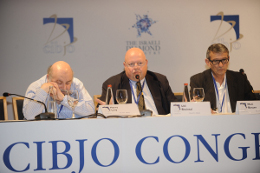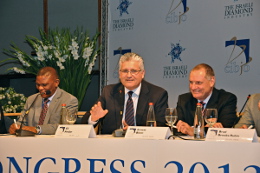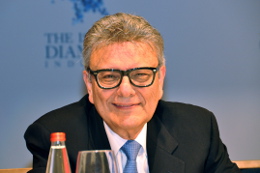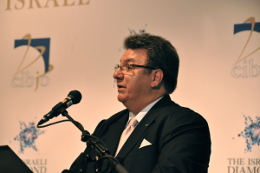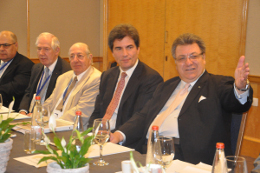CIBJO Diamond Commission considers European nomenclature norms
CIBJO’s Diamond Commission has met at the 2013 congress of the World Jewellery Confederation in Tel Aviv. On the agenda was a discussion of the work done by the CEN Diamonds Norms TC 410 committee. CEN is the European Committee for Standardisation.
The Diamond Commission is headed by Udi Sheintal.
Diamond Commission Deputy President Harry Levy presented a report on CEN Diamonds Norm TC410. He said that the commission members had been asked by industry leaders to come up with nomenclature for consumers on the subject of synthetic diamonds. He said committee members had been chosen who were believed to be most appropriate for the discussions.
Levy explained that several meetings had been held to discuss names that consumers could easily understand. He said that synthetics meant different things to consumers, usually a man-made product that could even be a piece of glass.
He said the committee came up with a paper that it sent out for a vote to around 20 European countries, however there had been a poor response, possibly because recipients through it related were from the diamond industry rather than from the retail level. As a result, the paper was being sent out again, he said.
“The process takes a long time. It has taken almost three years up to now. I hope by the next congress there will be a result.”
The commission also heard a presentation on how the social networks could put out their messages more efficiently.
Photo Caption: From left, Harry Levy, CIBJO Diamond Commission Vice President; Udi Sheintal, CIBJO Diamond Commssion President; and Moti Besser, CIBJO Diamond Commission Vice President.

